Soaring Prices Mean Fast Food is Now a Luxury in California, Franchisee Says
In California, fast food prices have increased significantly, leading some customers to view these meals as luxury items.
A local franchisee mentioned, “Some diners now think fast food is a ‘luxury’ as prices creep up.” This shift is partly due to wage increases and other economic factors impacting the fast food industry.
The Ripple Effect of Wage Increases
To keep up with California’s new $20 minimum wage for fast food workers, eateries across the state are bumping up their prices, NBC Los Angeles reports.
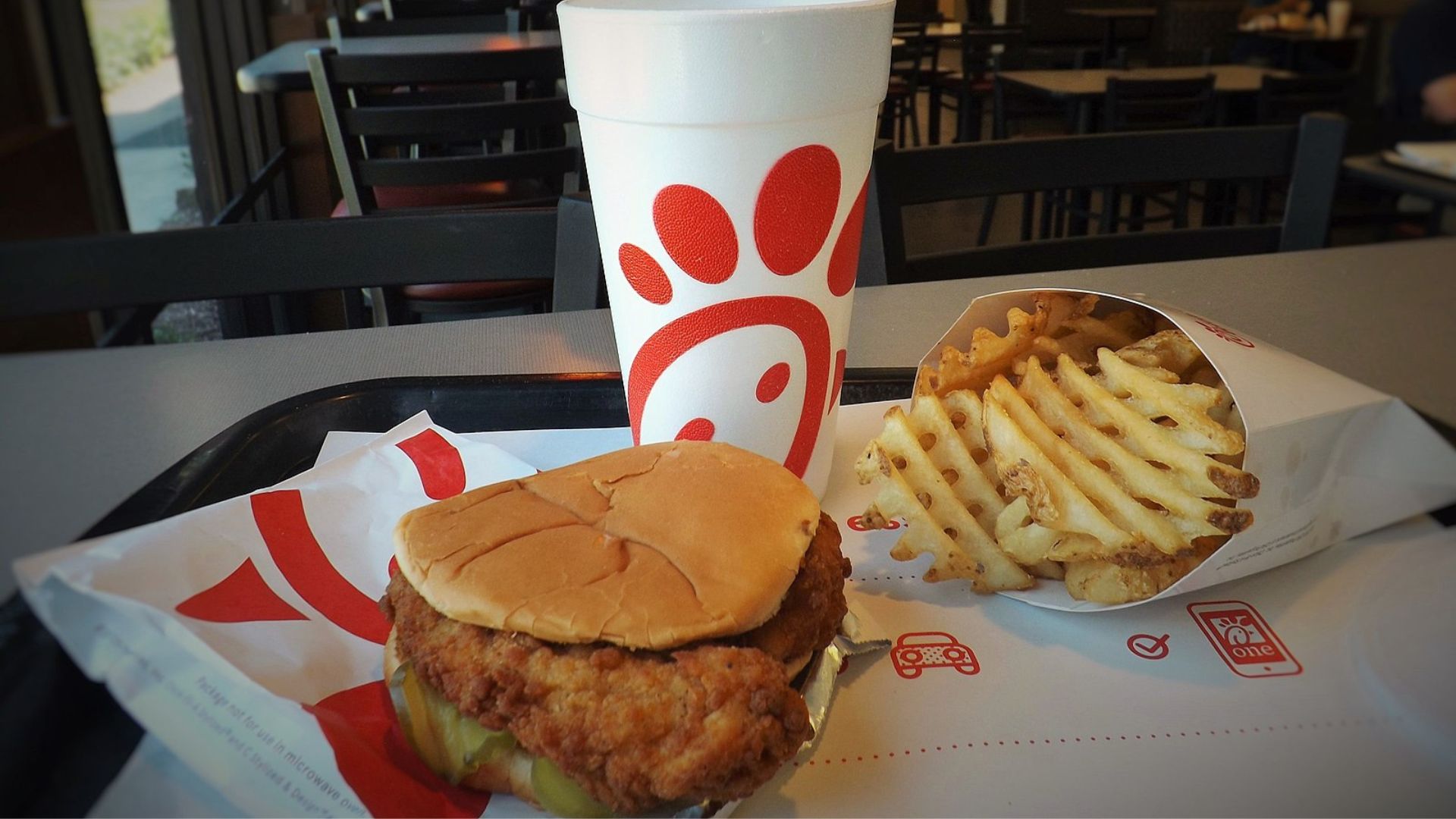
Source: Wikimedia Commons
This isn’t just about higher wages—it’s a broader trend of labor and wage inflation pushing costs higher, reshaping how restaurants operate financially during and after the pandemic.
Diners Feel the Pinch
Brian Hom, owner of two Vitality Bowls locations in San Jose, hears it straight from the source.
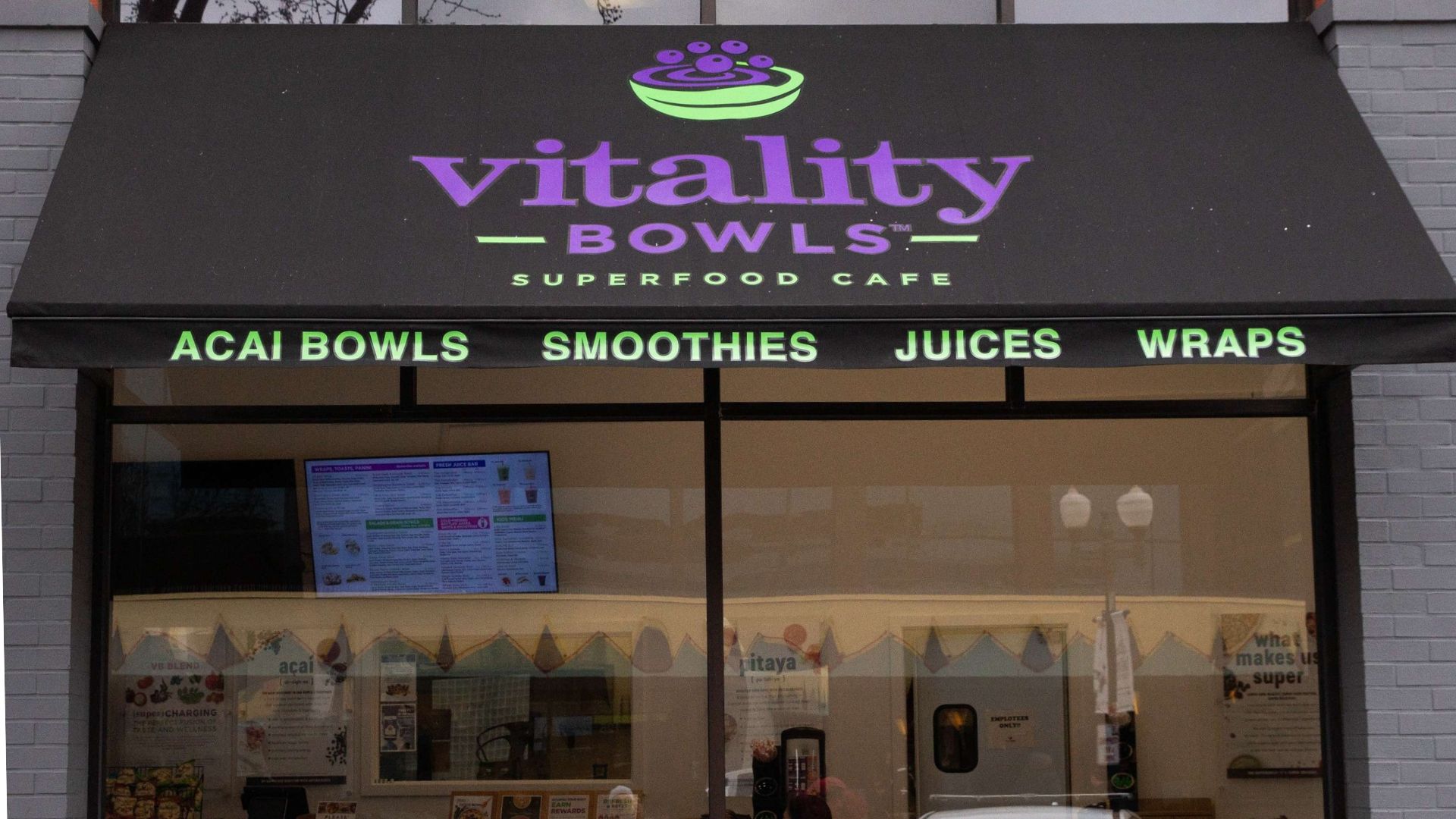
Source: Vitality Bowls/Facebook
He said that his customers are feeling the squeeze: “I’ve had some customers say: ‘the cost of going out is so high now, I’m looking to buy my own ingredients and make my own food at home because going out to fast food has become a luxury.'”
A New Budget Balancing Act
With prices on the rise, fast food lovers are rethinking their dining habits.

Source: gbarkz/Unsplash
Hom said, “They have to think twice: ‘Am I going to be able to afford it or not?'” This financial stress is reshaping how customers decide when and where to eat out.
A Nationwide Trend
California’s price spike isn’t an isolated case.
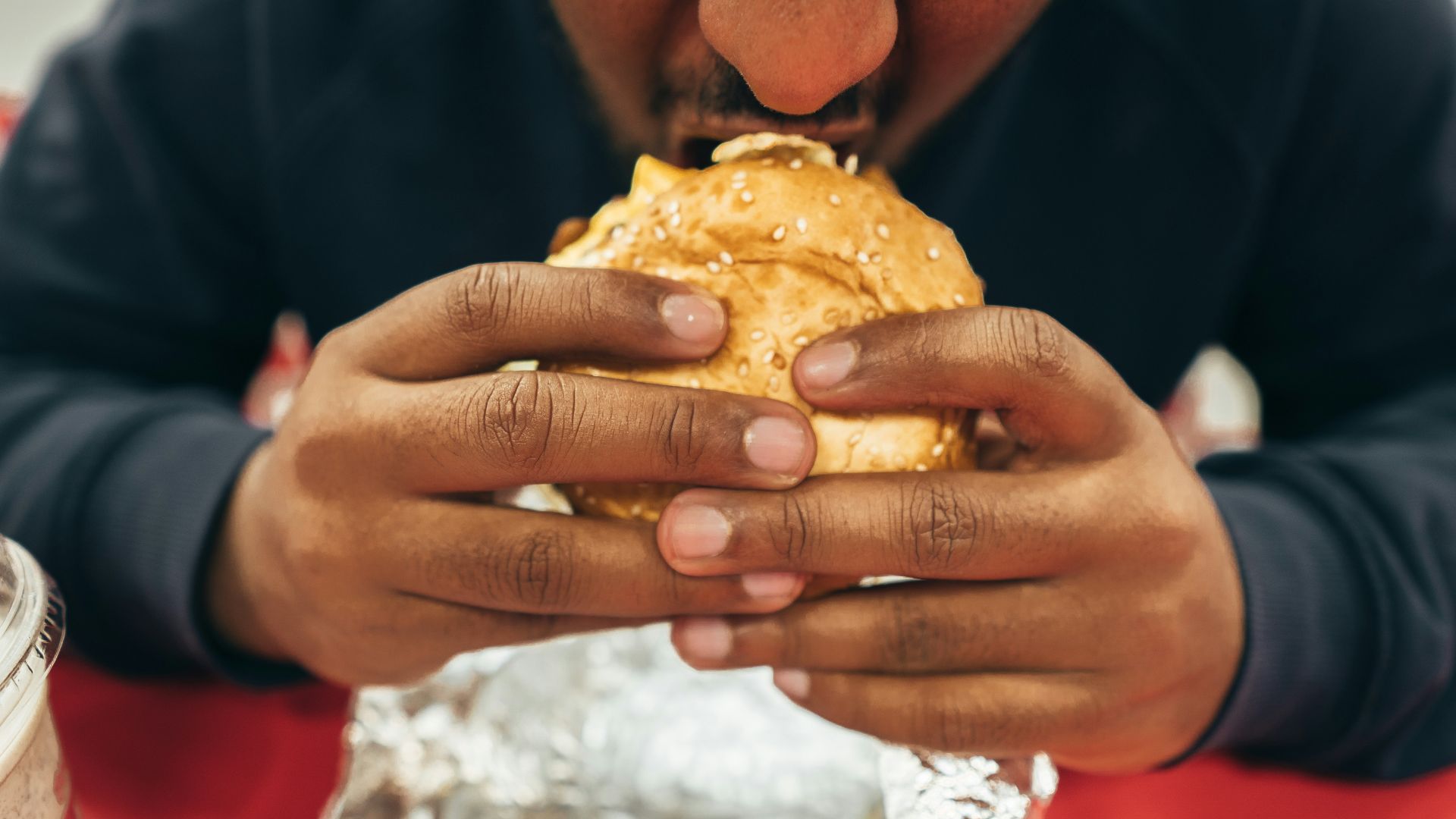
Source: Marcel Heil/Unsplash
Across the U.S., fast food costs have climbed due to wage hikes and ingredient costs during the pandemic, hitting consumers’ wallets harder than ever before.
Price Tags Under Pressure
According to Hom, his eateries have adjusted their pricing not once, but twice this year to cope with wage changes.

Source: Vitality Bowls/Facebook
“My two stores had already changed their prices twice this year,” he explains, a direct response to local and statewide economic pressures.
Testing Customer Loyalty
Scott Rodrick, who runs 18 McDonald’s franchises in Northern California, highlights a crucial concern, saying “The appetite that my customers have for price increases is not unlimited.”
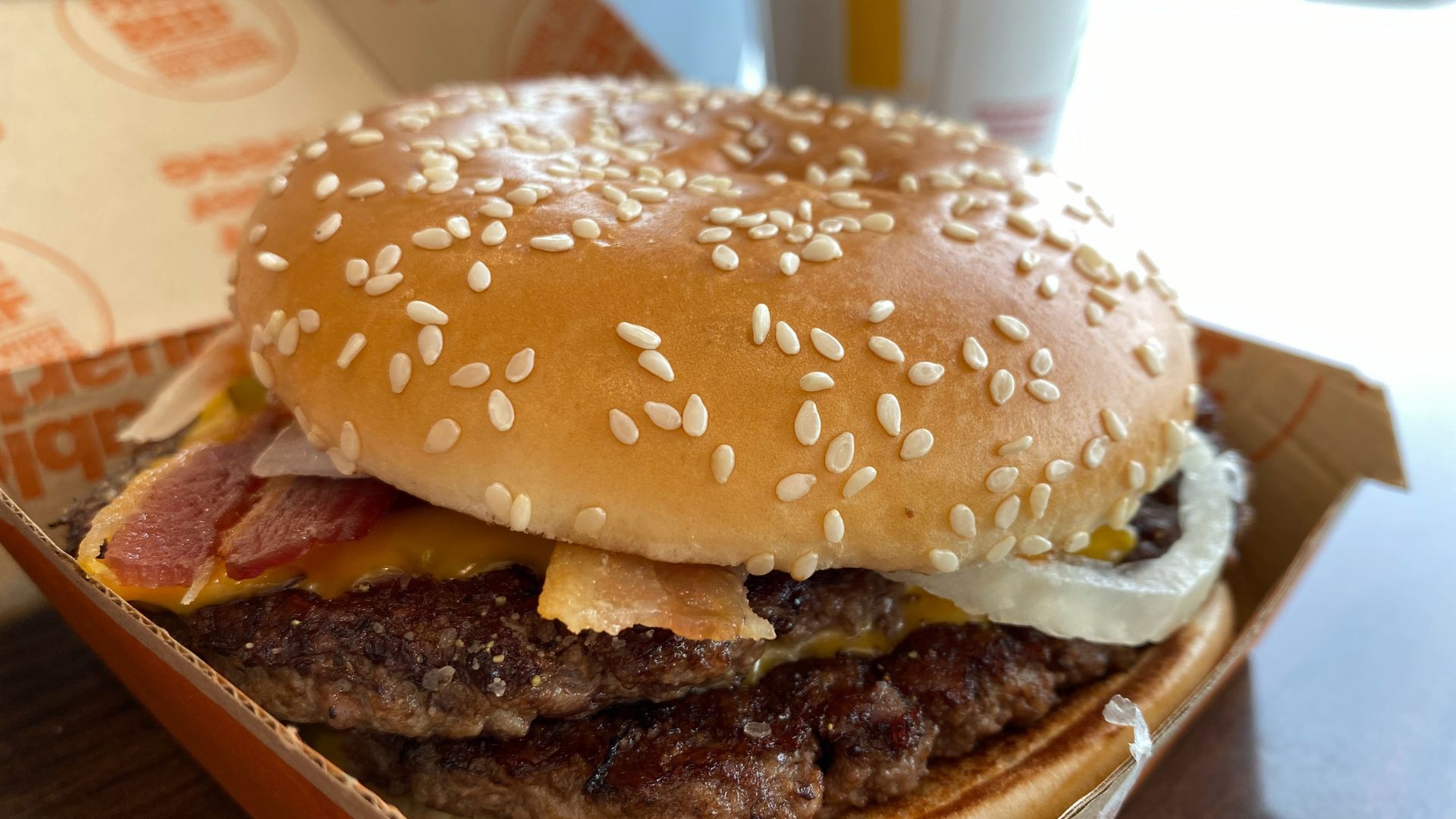
Source: Kevin Lanceplaine/Unsplash
Franchisees like Rodrick are wary of pushing their customers too far with high prices.
Casual Dining Gains an Edge
As fast food costs edge closer to those of casual dining, more consumers are weighing their options.
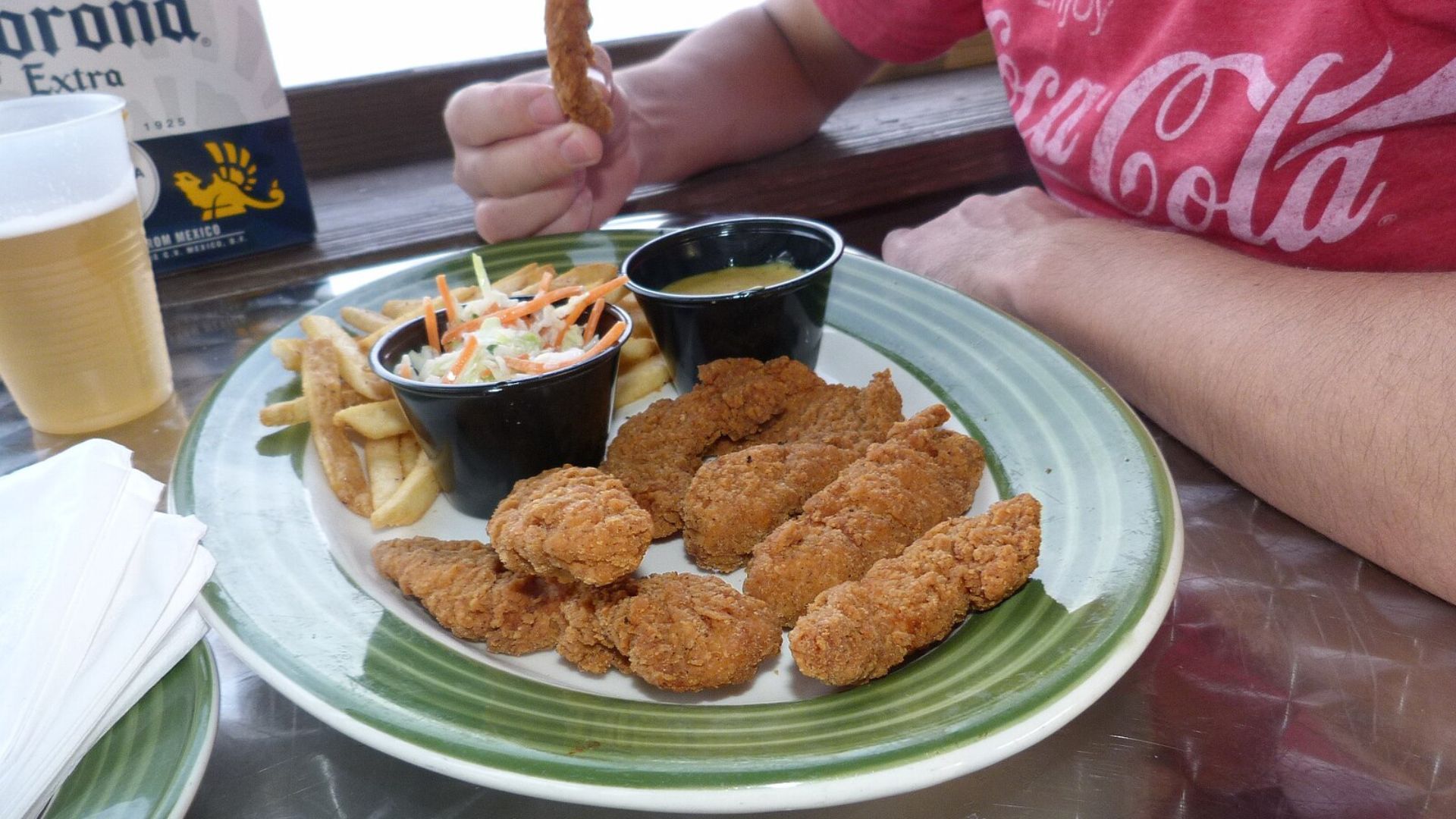
Source: Wikimedia Commons
Why grab a quick meal when for a bit more, you can relax at a sit-down restaurant? This shift could redefine competitive dynamics in the dining industry.
Home Cooking on the Rise
Business Insider explains that higher dining out costs are also driving more folks to cook at home.

Alyson McPhee/Unsplash
The trend is clear: as fast food becomes a pricier option, supermarkets and kitchen stoves are becoming more appealing, likely impacting fast food sales across the board.
Reassessing Fast Food's Value
Tony Nix, a cybersecurity consultant and regular diner, captures the sentiment perfectly.
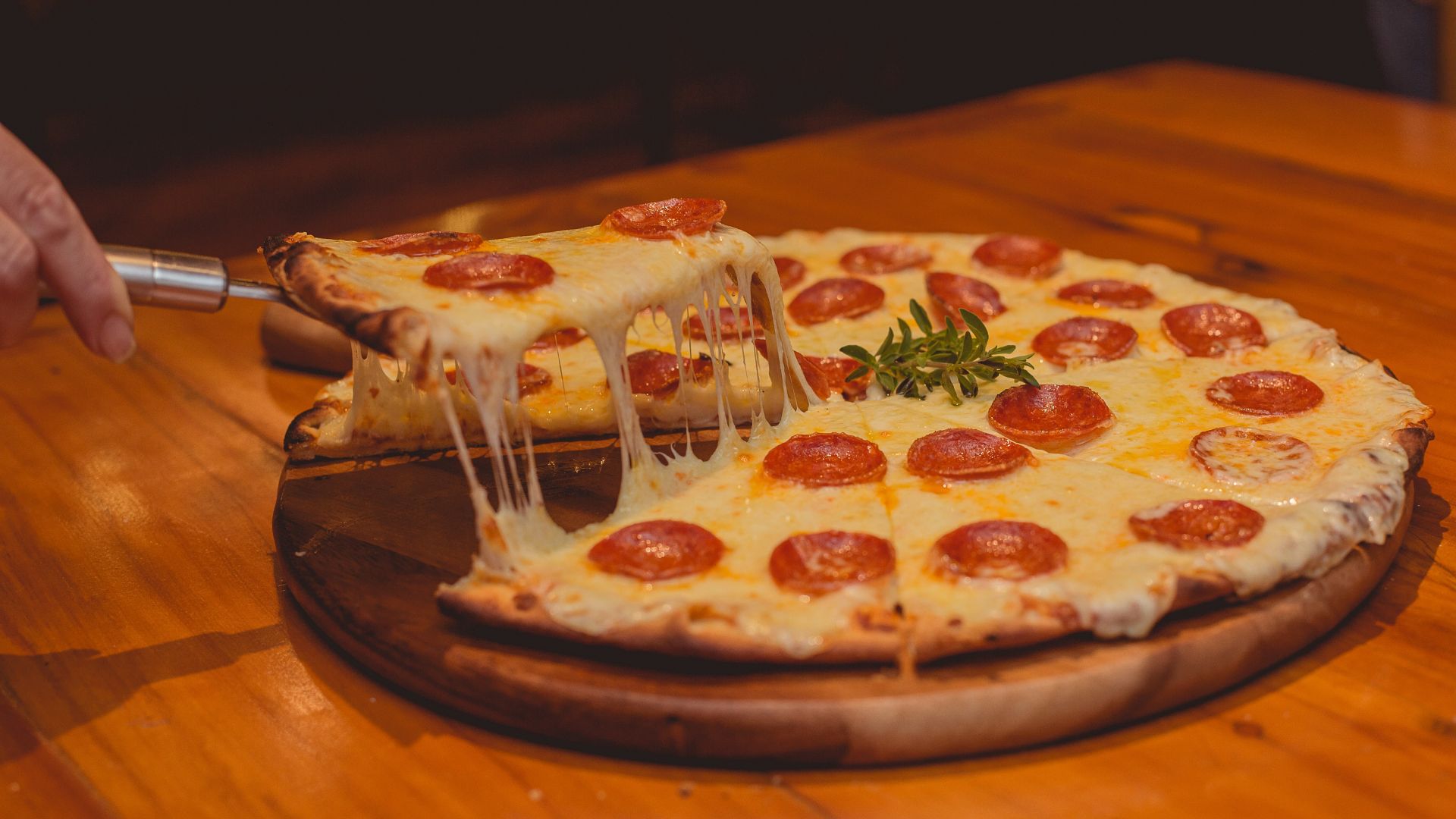
Source: Getúlio Moraes/Unsplash
He said, “Fast food is generally supposed to be a less expensive alternative than going out to a sit-down restaurant. But it’s not becoming that at all. It’s becoming as expensive, if not more.”
The Wage Impact on Spending
California’s decision to raise fast-food wages to $20 an hour was meant to better support workers.
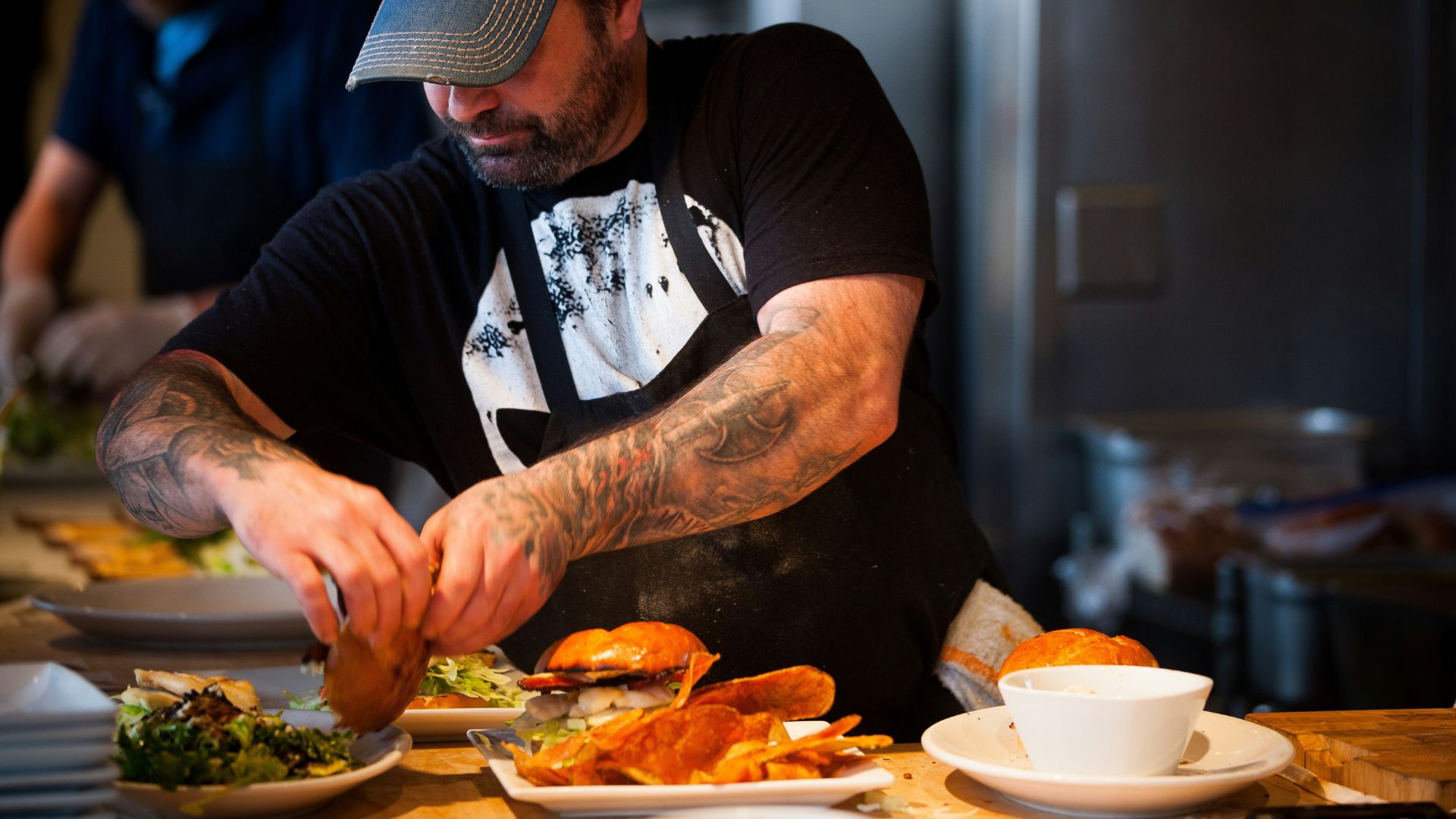
Source: Jesson Mata/Unsplash
However, this has led to increased menu prices, prompting consumers to rethink how they allocate their dining dollars.
What's Next for California's Fast Food?
With the economic landscape shifting, both consumers and fast food operators in California are facing new realities.
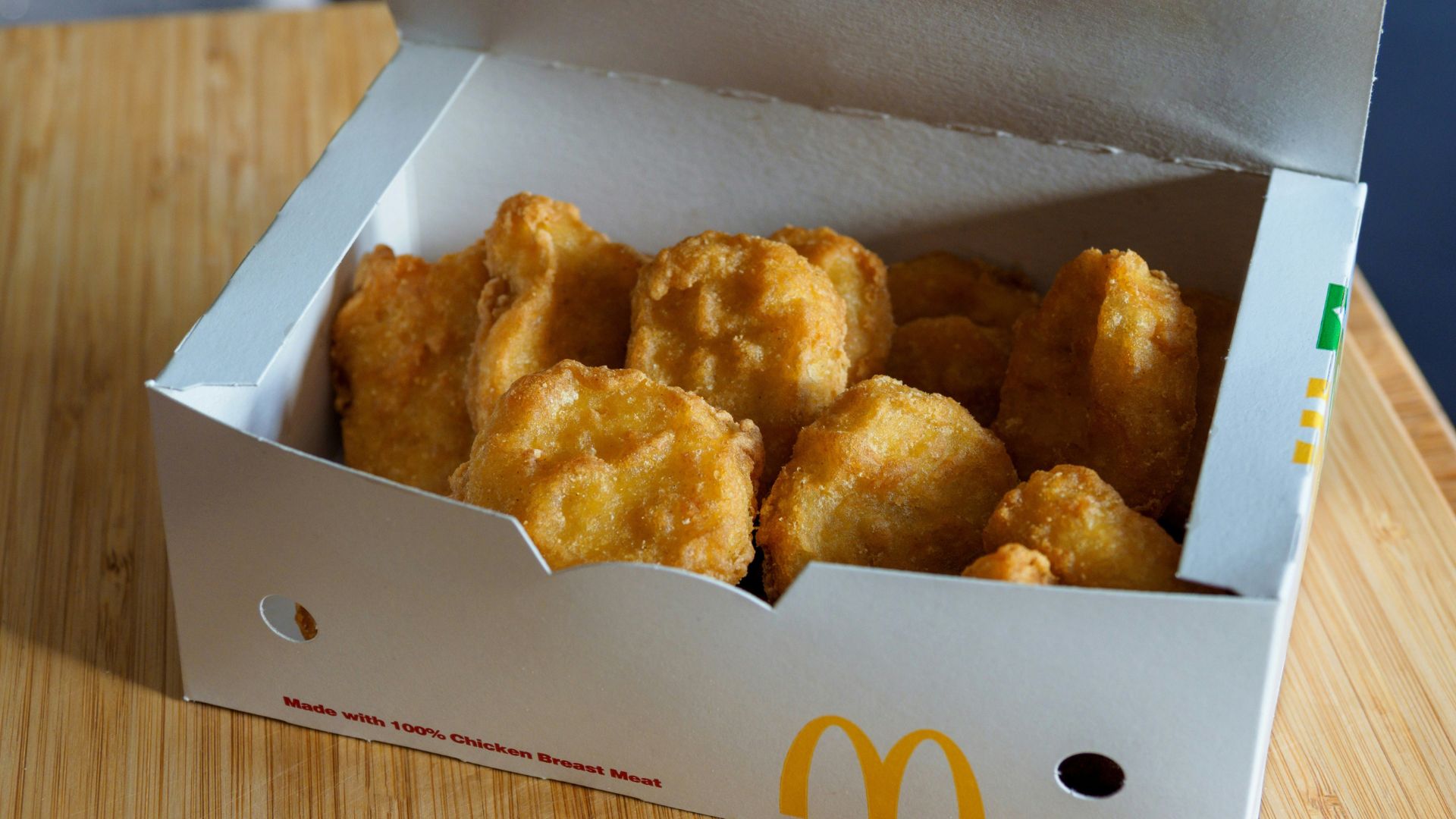
Brett Jordan/Unsplash
The evolving scene suggests significant changes in how fast food fits into everyday life, with affordability and value becoming ever more critical.
